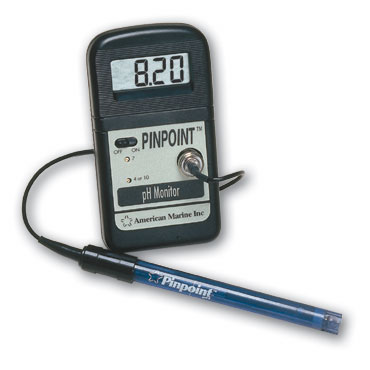Regarding ph probe calibration:
Q1. Does temperature really make that much of a difference for calibration?
Most of the guides/instructions I read for probe calibration stress the importance of bringing the calibration solution up to the appropriate temperature (usually 25 C, which corresponds nicely to our approximate reef temperatures), but I recently took a peak at correction charts and it looks like the a variation of +/- 5 C (or ~10 F) only changes the pH (for a pH of 7.00@25C) by ~0.01/0.02. Are there additional temperature considerations? If not, it does not seem like it is critical to have the calibration solution precisely at 25 C.
Q2. Does a biofilm over the probe tip have a significant affect on the measured pH?
I have read (anecdotally) that it is good practice to calibrate (or recalibrate) the probe after it has been submerged in tank water for a week or so. The reasoning is that a biofilm forms over the probe tip and it is desirable to calibrate under these normal-use conditions (as opposed to when the probe is new).
Any insight on either question is much appreciated.
Q1. Does temperature really make that much of a difference for calibration?
Most of the guides/instructions I read for probe calibration stress the importance of bringing the calibration solution up to the appropriate temperature (usually 25 C, which corresponds nicely to our approximate reef temperatures), but I recently took a peak at correction charts and it looks like the a variation of +/- 5 C (or ~10 F) only changes the pH (for a pH of 7.00@25C) by ~0.01/0.02. Are there additional temperature considerations? If not, it does not seem like it is critical to have the calibration solution precisely at 25 C.
Q2. Does a biofilm over the probe tip have a significant affect on the measured pH?
I have read (anecdotally) that it is good practice to calibrate (or recalibrate) the probe after it has been submerged in tank water for a week or so. The reasoning is that a biofilm forms over the probe tip and it is desirable to calibrate under these normal-use conditions (as opposed to when the probe is new).
Any insight on either question is much appreciated.















